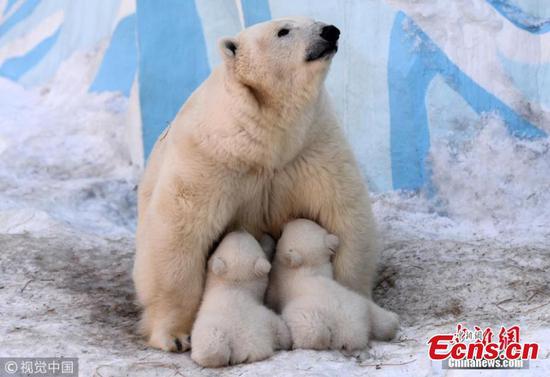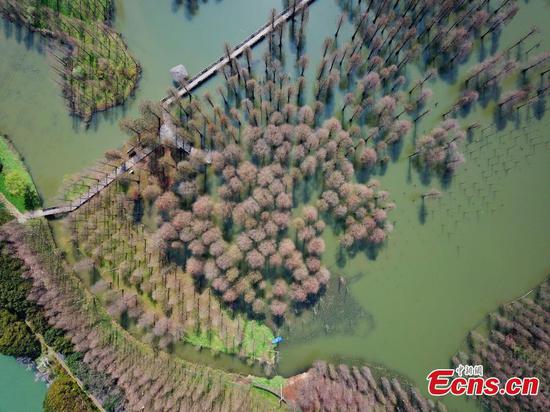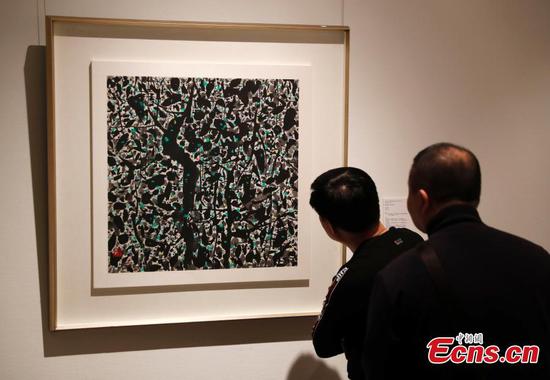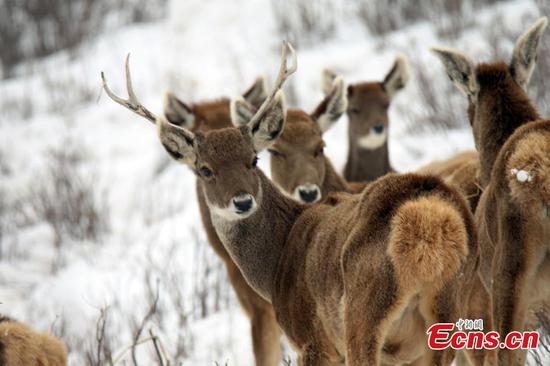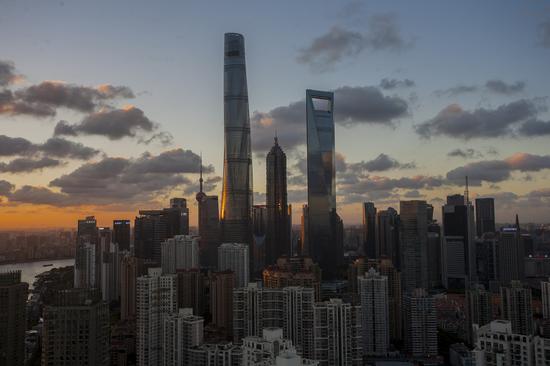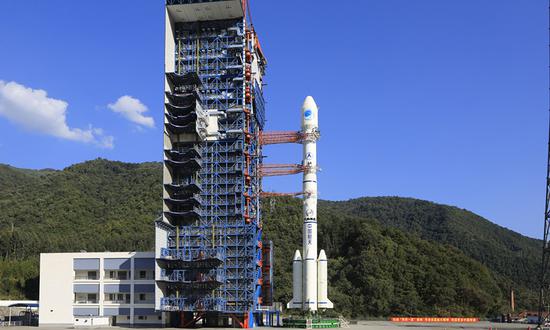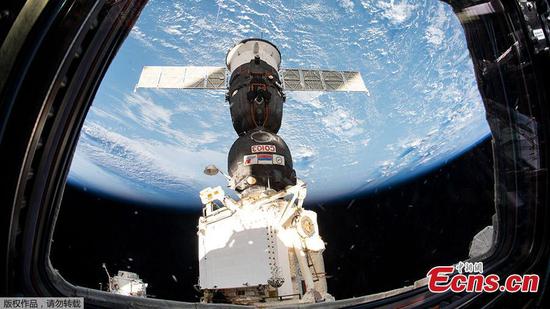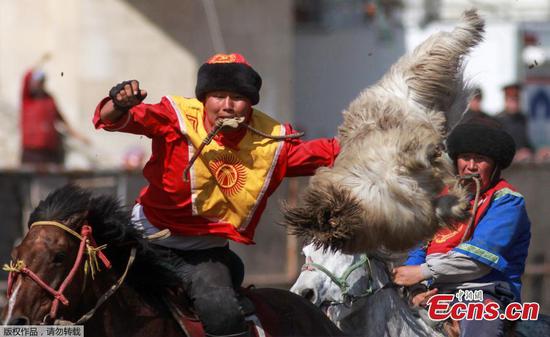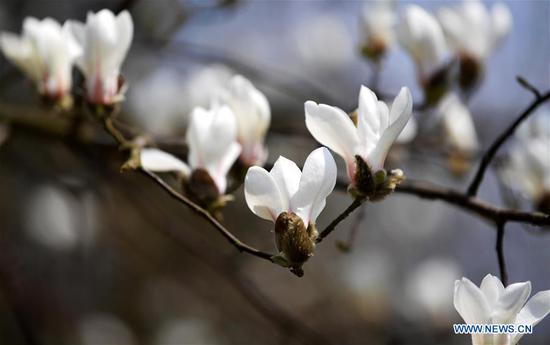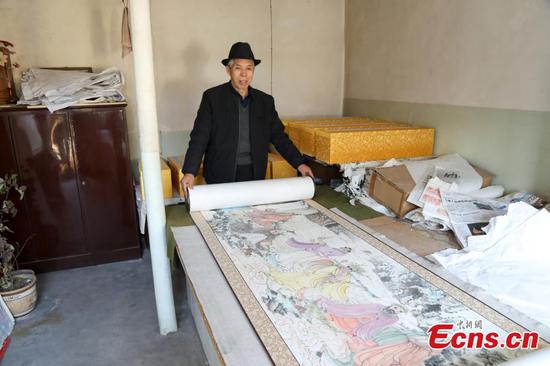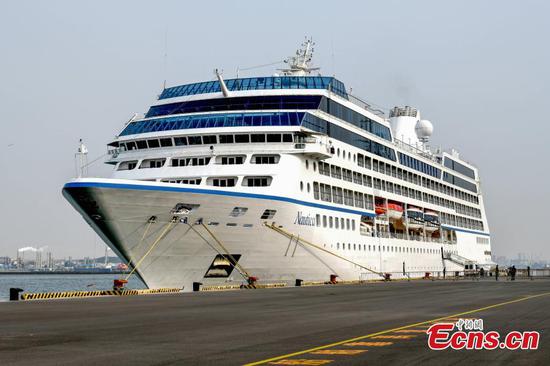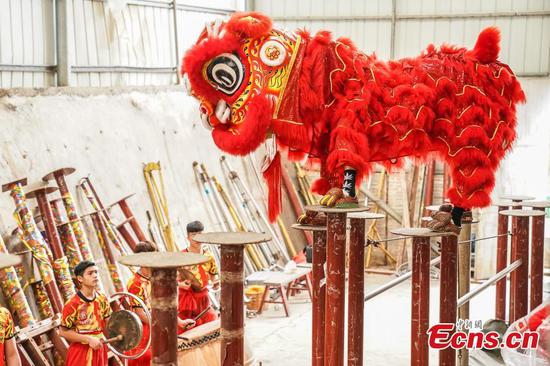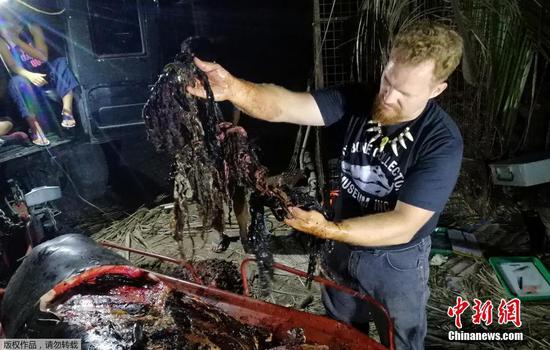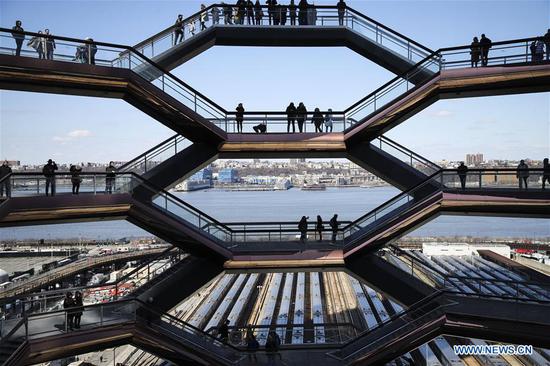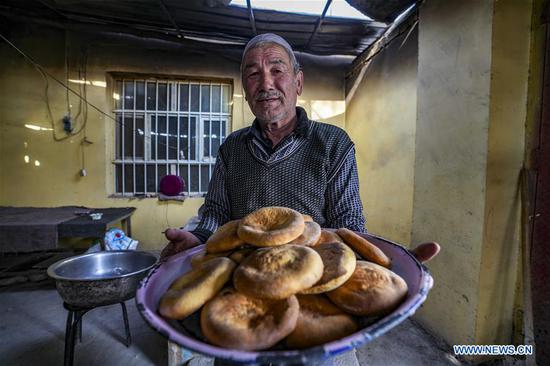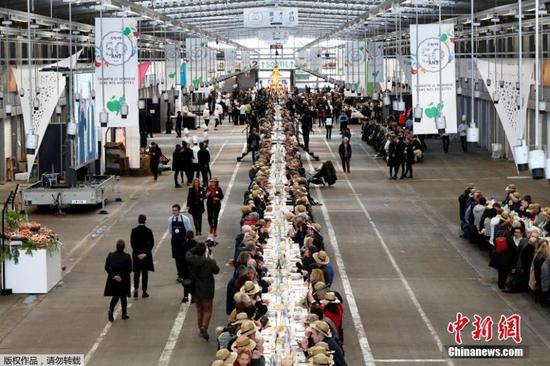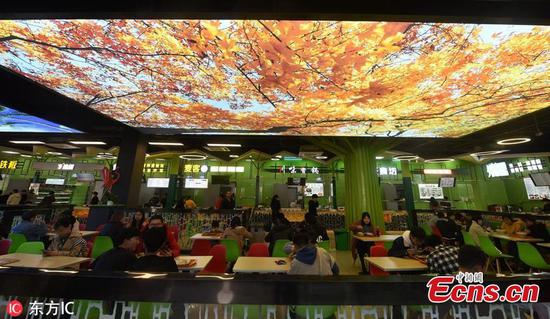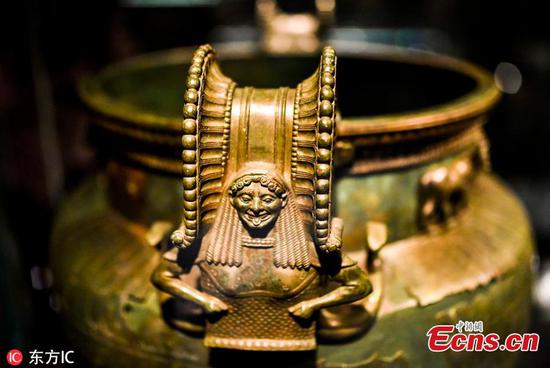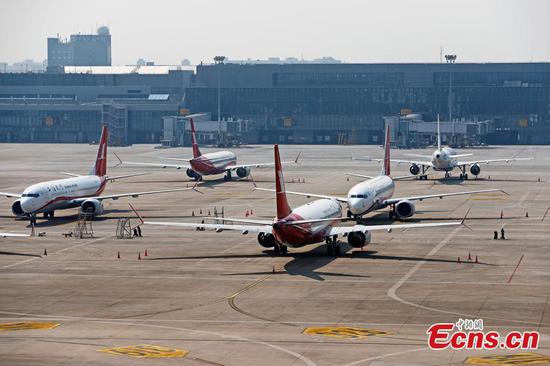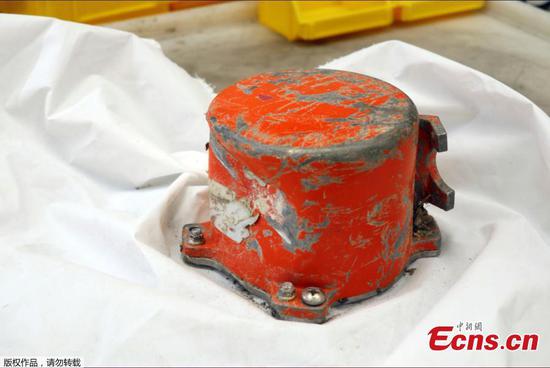Lack of determination on the part of local governments to transform their industrial structures can be a major hindrance to controlling air pollution in northern China, especially as the country experiences an economic slowdown, a national legislator said recently.
Wang Jinnan, an academician of the Chinese Academy of Engineering and president of the Chinese Academy for Environmental Planning, made the comment in an interview with China Daily on the sidelines of the annual two sessions, which concluded last week.
He said the Fenhe-Weihe River Plain area, which encompasses 11 cities in Shanxi, Shaanxi and Henan provinces, has been listed as a key area for air pollution control.
Even though the area experienced better air quality in 2018, it remains prone to smog because of the high level of pollution discharged from its extensive coal-reliant industries.
Last year, the average density of PM2.5 particulate matter in the area reached 58 micrograms per cubic meter, down by 10.8 percent year-on-year. In the month of January, however, the area saw density rise by 16.4 percent from the previous January to 128 mg/cu m, according to the Ministry of Ecology and Environment.
The data for February has not been made public yet, but there have been signs showing a deteriorating situation.
Wang said transforming the industrial structure "is undoubtedly the fundamental solution" for air pollution control in the region. The current heavy reliance on coal for energy and the transportation system dominated by diesel trucks need to be adjusted to improve air quality, he said, adding that efforts should also be made to increase the total vegetated area to reduce kicked-up dust, which has been a major contributor to PM2.5.
A long-term road map for the transformation is urgently needed in the area, he said, because without it many local governments are passive and will not meet their targets.
China's top environmental watchdog set a target of reducing PM2.5 density by 4 percent year-on-year from Oct 1 to March 31-the period that usually sees the worst air quality of the year because of heating-in the Fenhe-Weihe River Plain area.
Based on the current situation, it will be difficult for some cities in the area to hit the target, Wang said.
Every city in the area should draft medium-and long-term plans for energy transformation, though this will be challenging in light of the economic slowdown, he said.
"It's very difficult. Very."
Wang, however, stressed that the transformation is not only a requirement for air pollution control, but also a must to achieve high-quality development. It's important to make local governments fully aware of the importance of the transformation.
"If they are fully aware of the importance, they will be resolute in working on it," he said.









